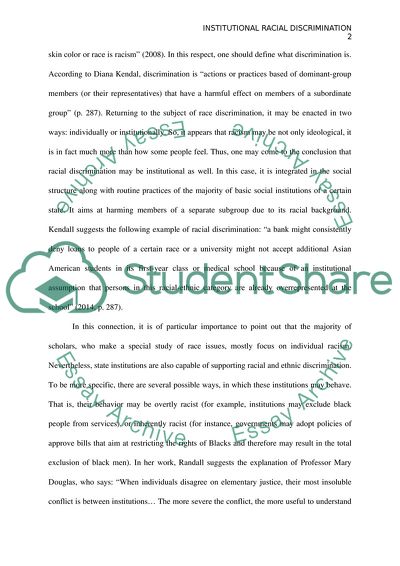Cite this document
(“How Does Racial Or Ethnic Discrimination Become Institutionalized Essay”, n.d.)
How Does Racial Or Ethnic Discrimination Become Institutionalized Essay. Retrieved from https://studentshare.org/sociology/1701316-how-does-racial-or-ethnic-discrimination-become-institutionalized
How Does Racial Or Ethnic Discrimination Become Institutionalized Essay. Retrieved from https://studentshare.org/sociology/1701316-how-does-racial-or-ethnic-discrimination-become-institutionalized
(How Does Racial Or Ethnic Discrimination Become Institutionalized Essay)
How Does Racial Or Ethnic Discrimination Become Institutionalized Essay. https://studentshare.org/sociology/1701316-how-does-racial-or-ethnic-discrimination-become-institutionalized.
How Does Racial Or Ethnic Discrimination Become Institutionalized Essay. https://studentshare.org/sociology/1701316-how-does-racial-or-ethnic-discrimination-become-institutionalized.
“How Does Racial Or Ethnic Discrimination Become Institutionalized Essay”, n.d. https://studentshare.org/sociology/1701316-how-does-racial-or-ethnic-discrimination-become-institutionalized.


